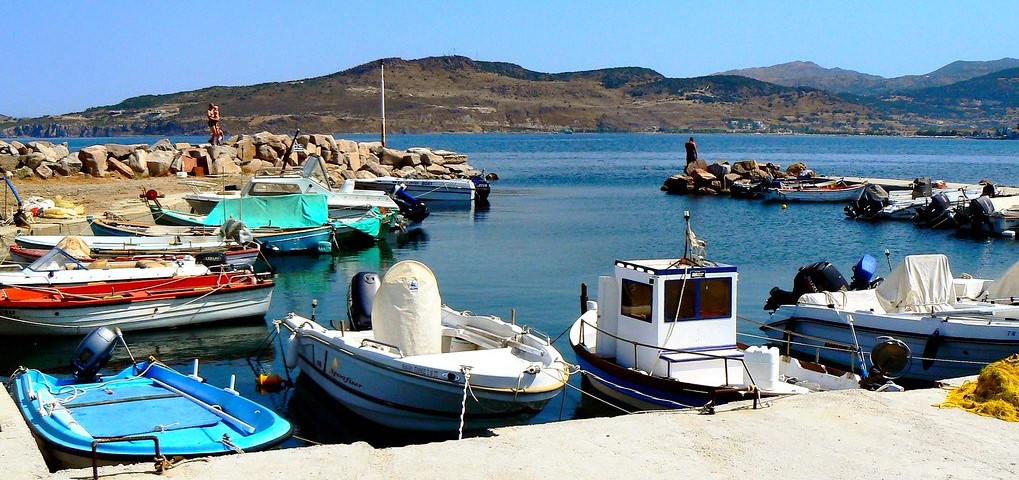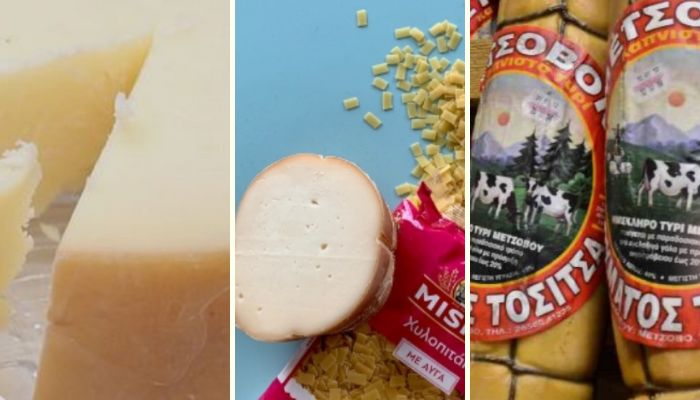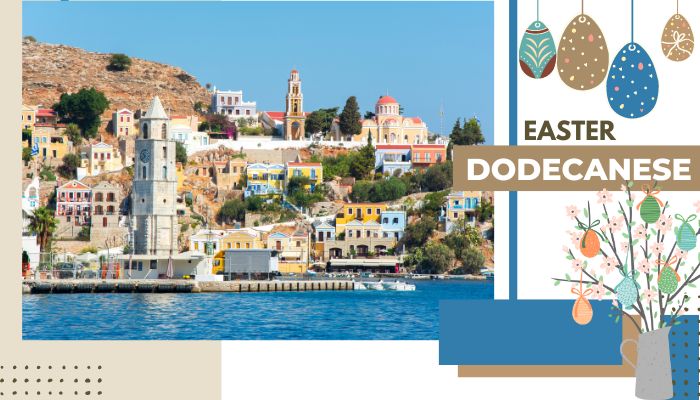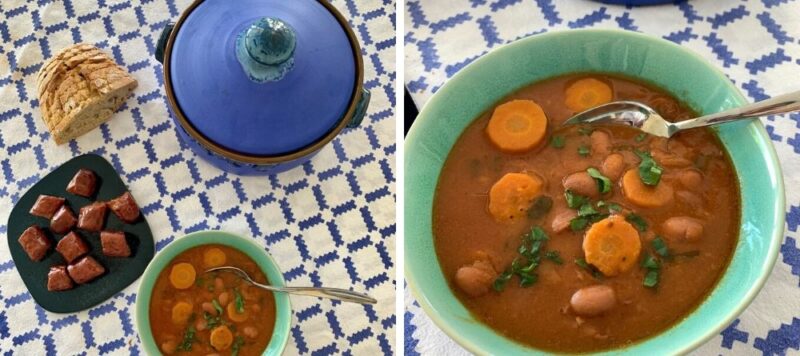Lesvos or Lesbos (also known as Mytilene) is a large, beautiful, rich island. Sometimes facing the coast of Asia Minor, sometimes the Greek mainland, it finally became part of Greece in 1912. Its cuisine reflects the vital link between its inhabitants and two precious commodities: seafood and olive oil. Lesvos is an extraordinary vacation destination for food. To feel the true beauty of this island, nothing beats an evening by the sea, in the ancient village of Molyvos, sipping a glass of ouzo accompanied by a small plate of salted sardines and a book of poetry by Elytis singing of the Aegean Sea.
Fancy a trip to Lesbos? See our Top 10 things to do and see in Lesvos (Mytilene) .
Lesvos food and the importance of the sea
Lesvos’ greatest asset is undoubtedly the sea that surrounds it. Its inhabitants, intelligent and experienced sailors, prospered from trade and fishing. From March to October, sardines are caught in the Gulf of Kalloni. Salted on site with salt from local saltworks, they are then canned without preservatives. Ditto for mackerel, anchovies and bonito. The lobsters, shrimps, octopus, sea bream, swordfish and red mullet of the Lesbos Sea make it a favorite destination for fish lovers.
Lesbos and its olive grove with eleven million trees
On the land side, the slopes plunge towards the sea, tinged with the silvery color of olive trees. Eleven million trees, some of them very old, make up this immense olive grove. Olive oil production represents around 10% of national production, a huge percentage for a single island. The whole island has a Protected Geographical Indication, while three territories have a PDO: Mytilini, Plomari and Kalloni. Valanolia, the local oil olive, and adramyttini, from Asia Minor, are the main varieties.
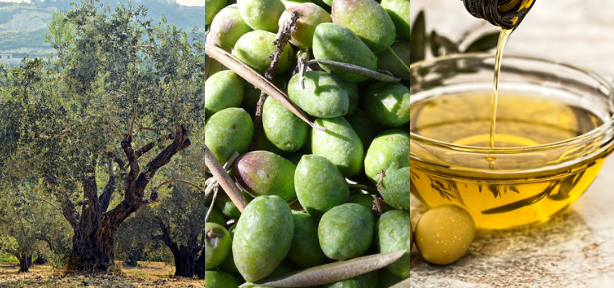
Olive oil is an integral part of Lesvos food tradition
This wonderful olive oil is omnipresent in the preparation of mezzes, seasoning salads, flavoring fish and enhancing the taste of cheeses. Mezzes are the hallmark of Lesbos gastronomy. Mainly from the sea, these varied dishes, served in small quantities, are a feast for the eyes and the palate: stuffed sardines, grilled octopus, seafood, very dear to the islanders, local cheeses, marinated anchovies, olives in vinegar…
All to be enjoyed with a glass of ouzo, from Lesbos of course, a drink that has been known, made and exported for 200 years. In the early 20th century, around 30 distilleries prospered from its sale. Today, some fifteen companies still produce this ouzo, considered the best in the country. It’s made with alcohol distilled from anise, but also from other aromatic plants (wild fennel, arbutus, mastic…), and each producer jealously guards his own recipe.
But there’s more to Lesbos than mezze. Typical North Aegean dishes make up the menu: lamb stuffed with giblets, rice and herbs, pork with quince, and giouzlémèdès (stuffed with cheese and fried in olive oil), the rizoto with seafood, tomatoes stuffed with octopus, dolmadès with onions. Lesbos’ amygdalota, almond sweets are famous, as are pastelis and the local almond baklava.
Lesbos, a paradise for livestock and cheese production
Curiously, this rather mountainous island is also a cattle-raising region. Lesvos ewes produce milk of exceptional quality. This is a native species, raised on semi-mountainous pastures and fed on wild plants. Three of the local cheeses have been awarded the AOC label: feta; ladotyri, a cheese preserved in olive oil, from which it derives its distinctive taste; and kasséri, a cooked cheese with a peppery taste, excellent when melted. On the nearby island of Lemnos another certified cheese, kalathaki, is produced. Its name indicates the basket in which it is molded.
So come to Lesvos and try its food and culinary specialities!
Evi S.
Updated on January 17, 2024
